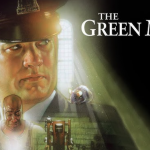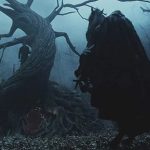The Hobbit: The Battle of the Five Armies (2014)
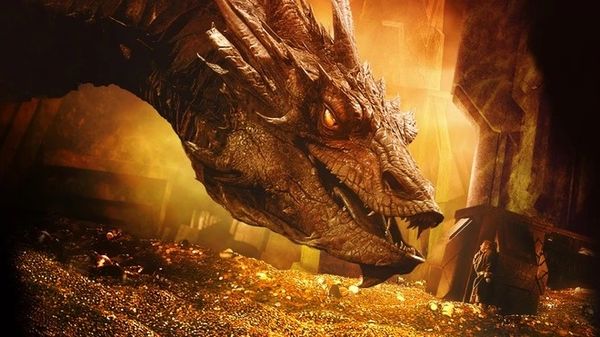
“The Hobbit: The Battle of the Five Armies” (2014): An Epic Conclusion to a Fantasy Saga
Released in 2014, “The Hobbit: The Battle of the Five Armies” is the final installment of Peter Jackson’s adaptation of J.R.R. Tolkien’s “The Hobbit.” This epic fantasy film serves as a direct sequel to “The Desolation of Smaug” and brings to a close the adventures of Bilbo Baggins (Martin Freeman) and his companions as they confront new threats in Middle-earth.
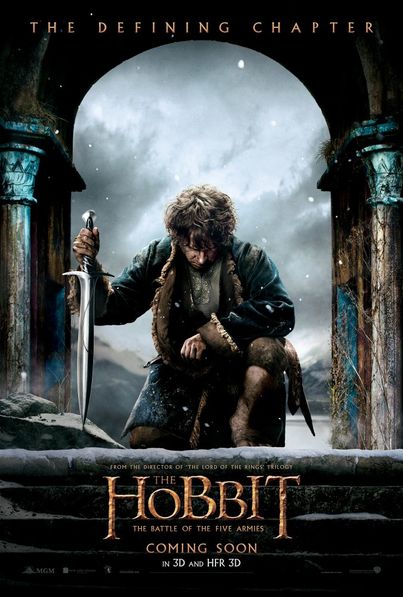
The film picks up immediately after the events of “The Desolation of Smaug,” with the dragon Smaug (voiced by Benedict Cumberbatch) wreaking havoc on Lake-town. The opening sequence showcases the destruction caused by Smaug, leading to a climactic confrontation between the dragon and Bard the Bowman (Luke Evans), who rises to the occasion to defend his people. This sets the stage for the larger conflicts that will unfold throughout the film.

As the title suggests, the central focus is on the Battle of the Five Armies, which involves various factions vying for control of the Lonely Mountain and its vast treasure. The armies include dwarves, elves, men, and orc forces, each with their own motivations and alliances. The film explores themes of greed, loyalty, and the consequences of war, as characters are forced to confront their own desires and the impact of their actions on the greater good.
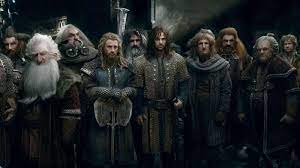
Visually, “The Battle of the Five Armies” is a stunning cinematic experience, with grand battle sequences and intricate CGI that bring the vast landscapes of Middle-earth to life. The film’s action choreography is dynamic and engaging, showcasing the skills of various characters as they navigate the chaos of war. Jackson’s direction combines sweeping epic shots with intimate character moments, balancing the scale of the battle with the emotional stakes for the protagonists.
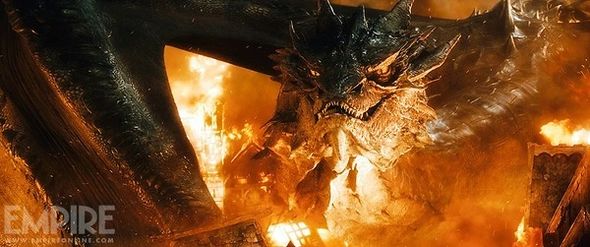
Martin Freeman’s portrayal of Bilbo Baggins continues to shine, adding depth to the character as he grapples with the consequences of his adventures and the burden of the One Ring. The film also features strong performances from returning cast members, including Ian McKellen as Gandalf, Richard Armitage as Thorin Oakenshield, and Evangeline Lilly as Tauriel. Thorin’s character arc reaches a critical point as he battles both external foes and his own internal struggles with greed and leadership.
Upon its release, “The Hobbit: The Battle of the Five Armies” received mixed reviews from critics. While many praised its visual effects and action sequences, some felt that the film was less cohesive than the previous entries, with a narrative that occasionally felt stretched. However, fans of Tolkien’s universe appreciated the film’s emotional depth and its ambitious scope.
In conclusion, “The Hobbit: The Battle of the Five Armies” serves as a grand finale to Peter Jackson’s cinematic journey through Middle-earth. With its epic battles, stunning visuals, and emotional character arcs, the film encapsulates the themes of friendship, sacrifice, and the struggle between good and evil. As the final chapter in “The Hobbit” trilogy, it invites viewers to reflect on the enduring legacy of Tolkien’s world and the impact of choices made in the face of adversity.
